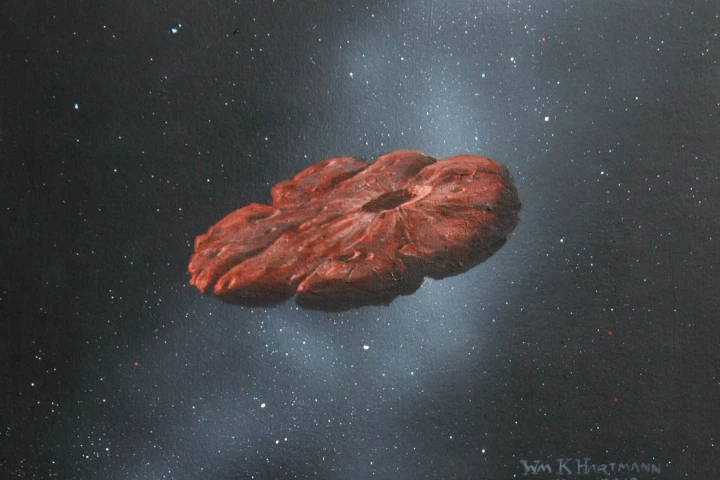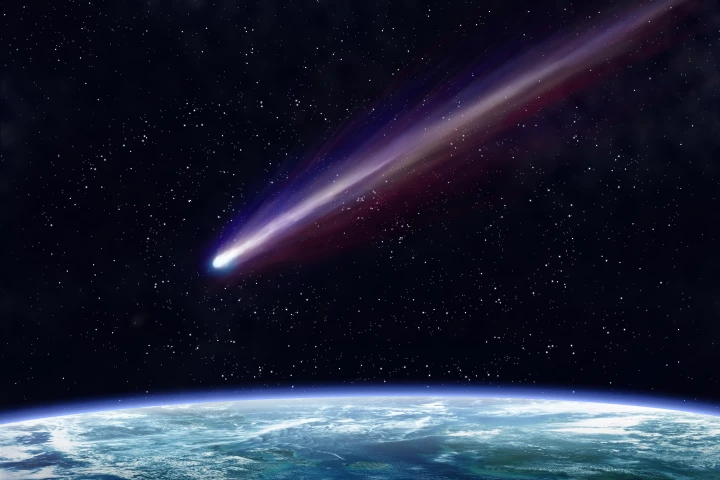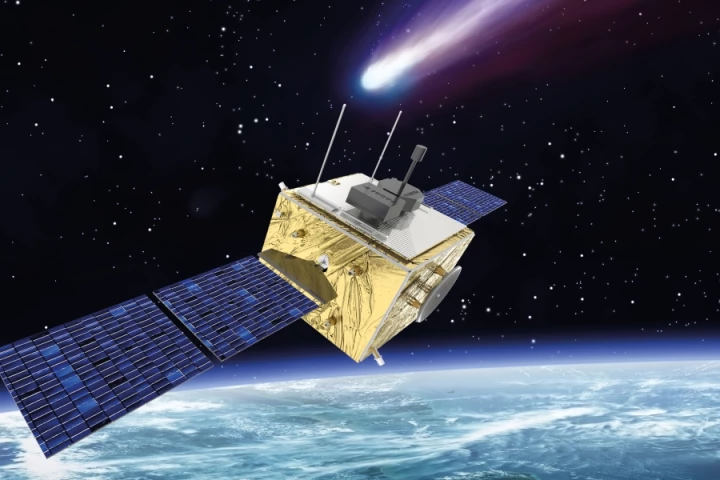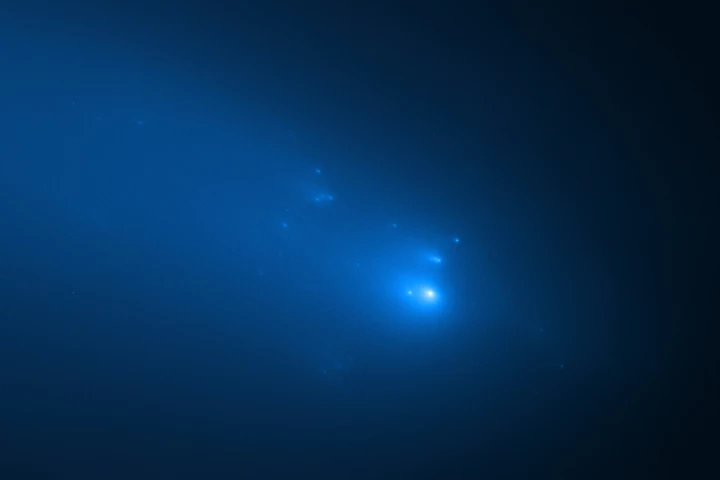Comets
-
The first comet known to visit our Sun after being born around an alien star may be the most pristine comet ever discovered, new research has found.
-
A bizarre object named ‘Oumuamua, defying classification, was the first interstellar object ever discovered. Now a newly proposed origin story neatly explains all of its observed oddities – it may be a piece of nitrogen ice from an “exo-Pluto.”
-
A new study has analyzed asteroid dust recently discovered in the Chicxulub asteroid crater. The findings further support the theory that the dramatic impact was the cause of the mass extinction event that wiped out the dinosaurs.
-
According to a new study, the impactor that smashed into Earth’s surface millions of years ago – causing the global extinction event that wiped out the dinosaurs – may have originated from a vast sphere of icy debris that surrounds the solar system.
-
The European Space Agency has selected Thales Alenia Space in the UK to lead a study for the planned mission to "ambush" a passing comet. Called Comet Interceptor, the mission represents a new strategy for investigating comets fresh from the Oort cloud.
-
Phosphorus has been detected on a comet, thus completing the list of life-essential elements found on these cosmic snowballs. The discovery made in data from the Rosetta probe strengthens the idea that life’s ingredients were delivered to Earth by comets.
-
Scientists have discovered the second site at which ESA’s ill-fated Philae lander touched down on comet 67P, and in so doing revealed that the ancient ice hidden under the surface of the comet is softer than the froth on a cappuccino.
-
A new study of the orbit of comets suggests that the plane of the ecliptic, where the Earth's orbit rests, may not be the only major alignment in the solar system. There may be a second caused by the effect of the Milky Way on comet orbits.
-
Earth is a famously watery planet, but where exactly it all came from is a mystery. Now researchers have suggested a new origin story, by showing that water and petroleum can form inside clouds of organic matter, at high temperatures and pressure.
-
The exact nature of the bizarre interstellar object ‘Oumuamua remains a mystery. There’s been no shortage of ideas, but now astronomers at Yale and the University of Chicago have proposed that it’s a brand new type of object: a hydrogen iceberg.
-
ESA’s Solar Orbiter is set to have a chance encounter with the tails of a disintegrating comet. The probe is currently en route to the inner solar system and has had instruments rushed through commissioning to be ready for the unexpected rendezvous.
-
Scientists using the Asteroid Terrestrial-impact Last Alert System telescope have discovered an asteroid that shows the property of a comet. Designated 2019 LD2, the Trojan asteroid shares the same orbit with Jupiter, yet exhibits a comet-like tail.
Load More











